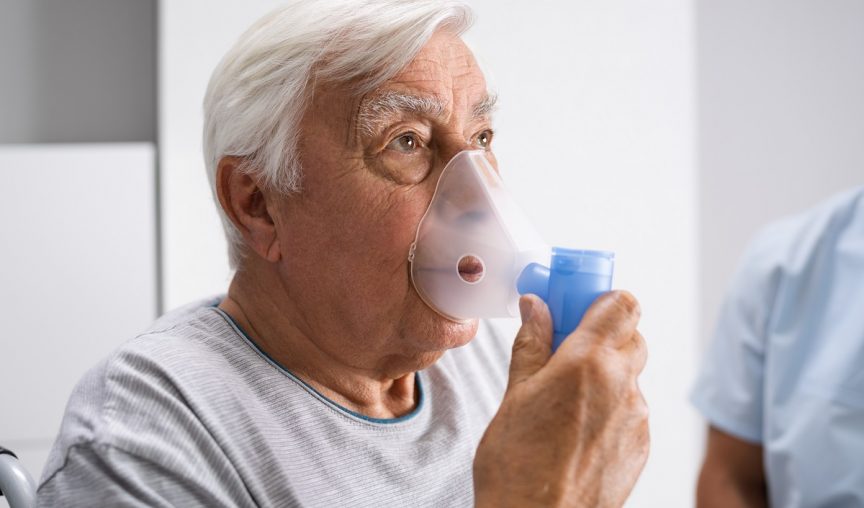Few studies have asked Overlap Syndrome (OS) patients what outcomes of continuous positive airway pressure (CPAP) therapy are important to them, while also considering their self-reported CPAP adherence barriers and facilitators. This study conducted a series of focus groups to learn about those issues with the goal of applying these findings to the design of a larger PCORI-funded scientific study, the O2VERLAP Study.
People previously diagnosed with both chronic obstructive pulmonary disease (COPD) and obstructive sleep apnea (OSA), who were current or recent past users of the standard therapy for each condition (i.e., supplemental oxygen and continuous positive airway pressure therapy, respectively) were included. Three qualitative focus groups were run using different communication modalities: (1) teleconference (audio only); (2) in-person; and (3) web-based.
The focus groups included a total of 17 participants. The telephone and online focus groups resulted in more relevant and content-rich transcripts, while the in-person focus groups had far fewer excerpts able to be coded. Participants were most concerned about mask fit and comfort. Other key factors affecting CPAP use included nasal dryness and issues concerning insurance. The most important outcome to patients was daytime functioning.
This work found that telephone and web-based qualitative focus groups resulted in greater topical discussions than in-person focus groups, likely due to the customary socializing that occurs in-person. The study identified (1) CPAP use barriers and facilitators that helped guide intervention development for the larger study and (2) daytime functioning as the most important outcome for patients.

